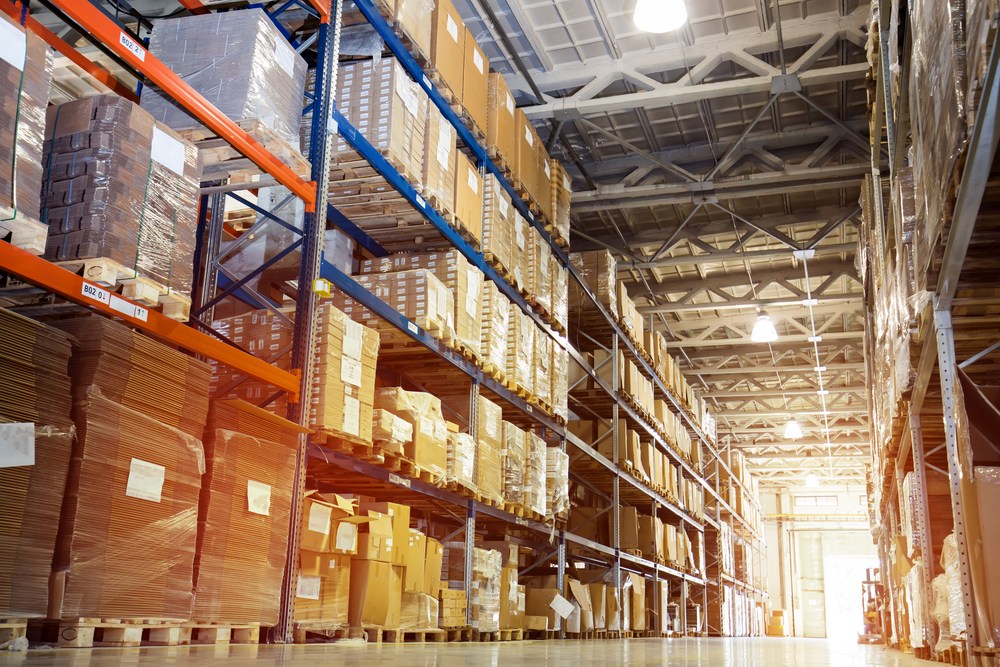The warehousing market has changed significantly as robotics and automation take many of the jobs previously done by humans. If small changes and improvements were enough to make companies happy, now we need too look at higher margins and improvement rates. We spoke to Simon Jones, UK Sales Executive at Exotec, about the changing nature of the warehouse and what rocks the boat, both positively and negatively.

Simon, what tech is transforming the warehouse?
To understand the tech that is transforming the warehouse environment, we have to first look at the challenges that are impacting warehouse providers. That’s because the majority of tech that is evolving the warehouse of today addresses these key challenges, from labour shortages to unreliable supply chains.
There has been an emergence of robotics solutions that give providers the solutions they need to deliver flexibility, increased performance and improved scalability compared to fixed automation. We live in uncertain times, and predicting the future is becoming increasingly difficult so providers need to be able to access technology that is adaptable – and that’s where robotics and automation come in.

How are warehouses changing now when labour shortages are defining the industry?
Recently, there has been a much greater focus on productivity in warehouses. Previously, incremental improvements in productivity at a low investment was often good enough, but that’s no longer moving the needle enough. Now, warehouses are seeking solutions that will make 300%-400% improvements in productivity to remove the risk of becoming vulnerable to reduced labour availability and higher labour costs.
There has been some reduction in pressure on the labour market recently, but the pool of potential warehouse employees is still lacking – and this is likely to remain a challenge over the next two or three decades.
Not only are people seeking jobs that are less labour-intensive and perceived as more desirable, in Western Europe, the population is aging, and there are fewer candidates available of working age.
For picking and fulfilment, this means the adoption of technology that maximises productivity is essential. The result is that goods to person technology is fast replacing less efficient alternatives, which usually involve lots of unproductive walking time.
How to evaluate what solutions are most applicable for each case?
To successfully evaluate which type of solution would be suitable for a warehouse operator and their needs, current and future storage and throughput volumes should be assessed, as well as the types of customers being served.
How about partners and costs: how do you evaluate them?
At Exotec, we believe that a partner should have a good track record, and be able to demonstrate experience within a similar sector to your own. They should also have the confidence to stand behind their system’s performance and commit to high levels of reliability.
In terms of cost, don’t just look at return on investment (ROI). It’s also necessary to consider the scale of the overall impact that the investment will have on a business. It might be a long term payback but the impact that investment has on your operations and competitive advantage could be game changing. It’s also worth looking into financing so that cashflow can be positive from day one.
Lastly, due diligence is essential to ensure that your chosen partner is likely to be around to support the product over the next 10 years and more. Nobody can predict the future but look out for signs that your potential partner is robust enough to still be operating in the next decade or so. ✷


